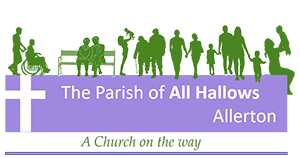The building of this lovely church was financed by John Bibby of Harthill, a wealthy iron and copper merchant, in memory of his first wife. She was born on All Hallows’ Eve 1812 and, appropriately, the foundation stone was laid on 31st October 1872.
The architect opted for the use of local red sandstone for the exterior and white Storeton stone for the interior. The crowning glory of the church is its stained glass, which is largely the work of Sir Edward Burne-Jones and William Morris, the former a founder member of the Pre-Raphaelites and the latter, a leading member of the Arts and Crafts movement. The windows were not installed at one time, but over many years, Bibby’s contribution being supplemented with donations from family and friends. So lavish was Bibby’s outlay that there was no money remaining for bells or, more importantly, an endowment.
By 1876 the church was largely complete and was consecrated by the Lord Bishop of Chester on 10th August. The first vicar was the Revd Nicholas Kemble, whose ministry lasted for nearly 30 years. The congregation was small in the early years for the township was rural and sparsely populated, and the members mainly consisted of local magnates, their families and their servants. From the 1920s onwards the population increased, and by the time of the Second World War it stood at just over 7,000. It was rumoured that Canon Jordan, the third vicar, would follow removal vans to their destinations and extend a hearty welcome to new residents regardless of creed. The former leafy retreat was giving place to large residential development, and today the population of the parish is 11,500.



